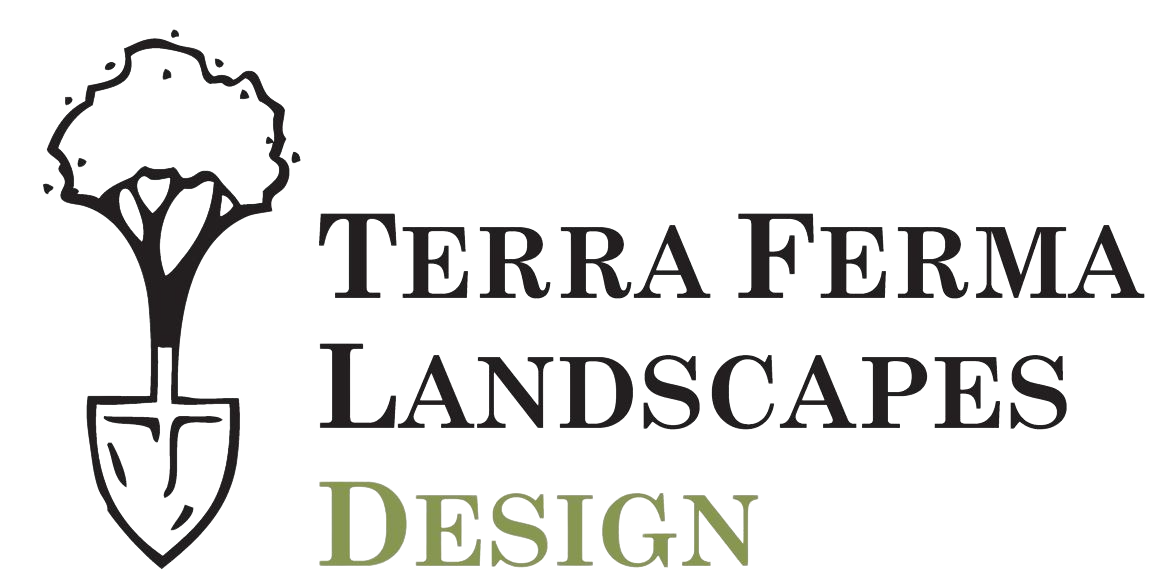Structure in the Landscape
Architecture and the landscape drives the shape and form of our world. Combining these entities produces either a seamless bond of harmony, or a forced existence of clashing intentions. Successfully bridging the chasm between man-made structures and nature is an essential achievement of landscape design and build.
Incorporating structural elements into the landscape can dramatically improve the function and beauty of a space. Pergolas, arbors, trellises, and colonnades constitute a family of outdoor structures that act as extensions of the home. They choreograph movement, govern direction, and illuminate views between built environment and the garden. We often find these structures attached to the house, bridging the indoors and outdoors. Alternatively, there can be free-standing elements that define an outdoor “garden room” and add form and structure to the organic nature of a living space. Properly designed structures organize the landscape allowing the transition from architecture to nature to be less chaotic.
Outdoor structures also create protection between the user and the natural elements, such as heat, cold, rain, and wind. For example, a solid overhead roof offers the opportunity to dine by the pool during a summer rain. Open roof panels provide a relaxing environment of partial shade, while adding the intrigue of dramatic afternoon shadows. Open structures may be complimented with fabric or glass to fill exposed areas. Retractable canvas awnings can also be attached, providing the option for full shelter.
Another way to reduce exposure of the natural elements is by introducing vegetation on the overhead structure. Deciduous vines like Wisteria and Clematis are great for summer shade and invite warmth of the sun during the winter months. Evergreen vines like Jasmine, White Bower or Passion Vine can act as a natural roof, become an extension of an overhang, or provide a wind protected wall cover. Vegetation can help to cool the area on hot days, incubate warmth during cold nights, and look aesthetically pleasing during blooming season.
The appearance of these structures are often impacted by the selection of materials. A stained finish will profess a different aesthetic than painted wood or powder coated steel. Western red cedar and redwood are common lumber choices in the Bay Area. Depending on the look and feel of a property, knotty grades of wood can be stained to preserve a rustic, more natural style. Clear grade wood can be painted to match the home or to compliment the approach of a modern design. Although more expensive, steel and aluminum structures will last longer than wood and require less maintenance. Sometimes it is best to have a combination of both steel and lumber. For a large and hefty arbor, steel posts can be used for structural integrity. The metal is cladded with a wood finish to give the appearance of all-wood structure while maintaining strength and longevity.
Whether it’s an arbor defining an inviting pathway, a trellis providing protection from the hot sun, or a pergola drawing our eyes away from less desirable views, landscape structures gracefully lead us through a garden. Structures in the landscape enable enjoyment of site amenities such as the gentle bubbling of a fountain, the scent of blooming lilacs, or the grand stature of an ancient oak tree. These elements and defined spaces allow the focus to be on the enjoyment of the moment with family and friends.






